Laser-Induced Silver Seeding on Filter Paper for Selective Electroless Copper Plating
Abstract
:1. Introduction
2. Experimental
2.1. Materials
2.2. Laser-Induced Setup
2.3. Laser-Induced and Electroless Plating
2.4. Characterization
3. Results and Discussion
3.1. Formation of Ag Particles on Filter Paper/PAN Films
3.2. Electroless Plating of Cu
3.3. Conductivity of Deposition Copper
4. Conclusions
Author Contributions
Acknowledgments
Conflicts of Interest
References
- Scott, M.; Nicholas, A.C.; Kristin, M.; Alberto, P. Manufacturing Microelectronics Using ‘Lase-and-Place’. Photonics Spec. 2007, 10, 70–74. [Google Scholar]
- Jayna, S.; David, B.; Julien, N.; Gary, N.T. Printing technology for ubiquitous electronics. Circ. World 2010, 32, 40–47. [Google Scholar] [CrossRef]
- Zanatta, A.R.; Scoca, D.; Alvarez, F. A suitable (wide-range + linear) temperature sensor based on Tm3+ ions. Sci. Rep. 2017, 7, 14113. [Google Scholar] [CrossRef] [PubMed]
- Fujii, Y.; Henares, T.G.; Kawamura, K.; Endo, T.; Hisamoto, H. Bulk- and surface-modified combinable PDMS capillary sensor array as an easy-to-use sensing device with enhanced sensitivity to elevated concentrations of multiple serum sample components. Lab Chip 2012, 12, 1522–1526. [Google Scholar] [CrossRef] [PubMed]
- Guo, F.; Su, X.J.; Hou, G.L.; Li, P. Superhydrophobic silver surface with dendrites structure on steel substrate by a facile electroless galvanic deposition process. Appl. Surf. Sci. 2012, 11, 4906–4910. [Google Scholar] [CrossRef]
- Yang, C.; Lin, W.; Li, Z.Y.; Zhang, R.W.; Wen, H.R.; Gao, B.; Chen, G.H.; Gao, P.; Yuen, M.M.F.; Wong, C.P. Water-based isotropically conductive adhesives: Towards green and low-cost flexible electronics. Adv. Funct. Mater. 2011, 21, 4582–4588. [Google Scholar] [CrossRef]
- Lazare, S.; Tokarev, V.; Sionkowska, A.; Wis’niewski, M. Surface foaming of collagen, chitosan and other biopolymer films by KrF excimer laser ablation in the photomechanical regime. Appl. Phys. A 2005, 81, 465–470. [Google Scholar] [CrossRef]
- Bolle, M.; Lazare, S.; Blanc, M.L.; Wilmes, A. Submicron periodic structures produced on polymer surfaces with polarized excimer laser ultraviolet radiation. Appl. Phys. Lett. 1992, 60, 674–676. [Google Scholar] [CrossRef]
- Thomas, B.; Alloncle, A.P.; Delaporte, P.; Sentis, M.; Sanaur, S.; Barret, M.; Collot, P. Experimental investigations of laser-induced forward transfer process of organic thin films. Appl. Surf. Sci. 2007, 254, 1206–1210. [Google Scholar] [CrossRef]
- Yu, F.Y.; Li, P.; Shen, H.; Mathur, S.; Lehr, C.M.; Bakowsky, U.; Mücklich, F. Laser interference lithography as a new and efficient technique for micropatterning of biopolymer surface. Biomaterials 2005, 26, 2307–2312. [Google Scholar] [CrossRef] [PubMed]
- Piqué, A.; McGill, R.C.R.A.; Chrisey, D.B.; Callahan, J.; Mlsna, T.E. Matrix assisted pulsed laser evaporation (MAPLE) of polymeric materials: Methodology and mechanistic studies. MRS Proc. 1998, 526, 375–383. [Google Scholar] [CrossRef]
- Sirajuddin, M.; Reddy, P.J. Pyroelectric behaviour of laser-evaporated poly(vinyl fluoride) films. Thin Solid Films 1985, 124, 149–154. [Google Scholar] [CrossRef]
- Bäuerle, D.W. Laser Processing and Chemistry, 4th ed.; Springer: Berlin, Germany, 2011; pp. 81–97. ISBN 978-3-642-17613-5. [Google Scholar]
- Mallory, G.O.; Hajdu, J.B. Electroless copper in printed circuit fabrication. In Electroless Plating: Fundamentals and Applications; American Electroplaters and Surface Finishers Society: Orlando, FL, USA, 1990; pp. 331–376. ISBN 978-0936569079. [Google Scholar]
- Siau, S.; Vervaet, A.; Schacht, E.; Calster, A.V. Influence of chemical pretreatment of epoxy polymers on the adhesion strength of electrochemically deposited Cu for use in electronic interconnections. J. Electrochem. Soc. 2004, 151, C133–C141. [Google Scholar] [CrossRef]
- Chen, D.S.; Lu, Q.H.; Zhao, Y. Laser-induced site-selective silver seeding on polyimide for electroless copper plating. Appl. Surf. Sci. 2006, 3, 1573–1580. [Google Scholar] [CrossRef]


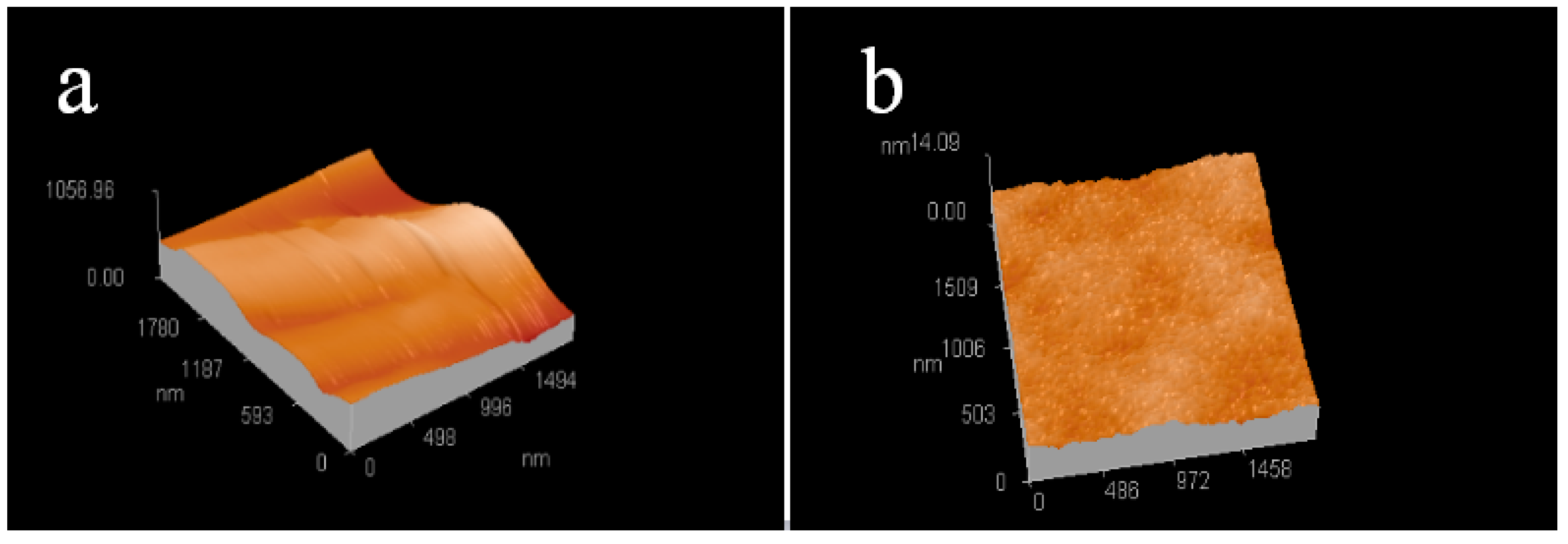
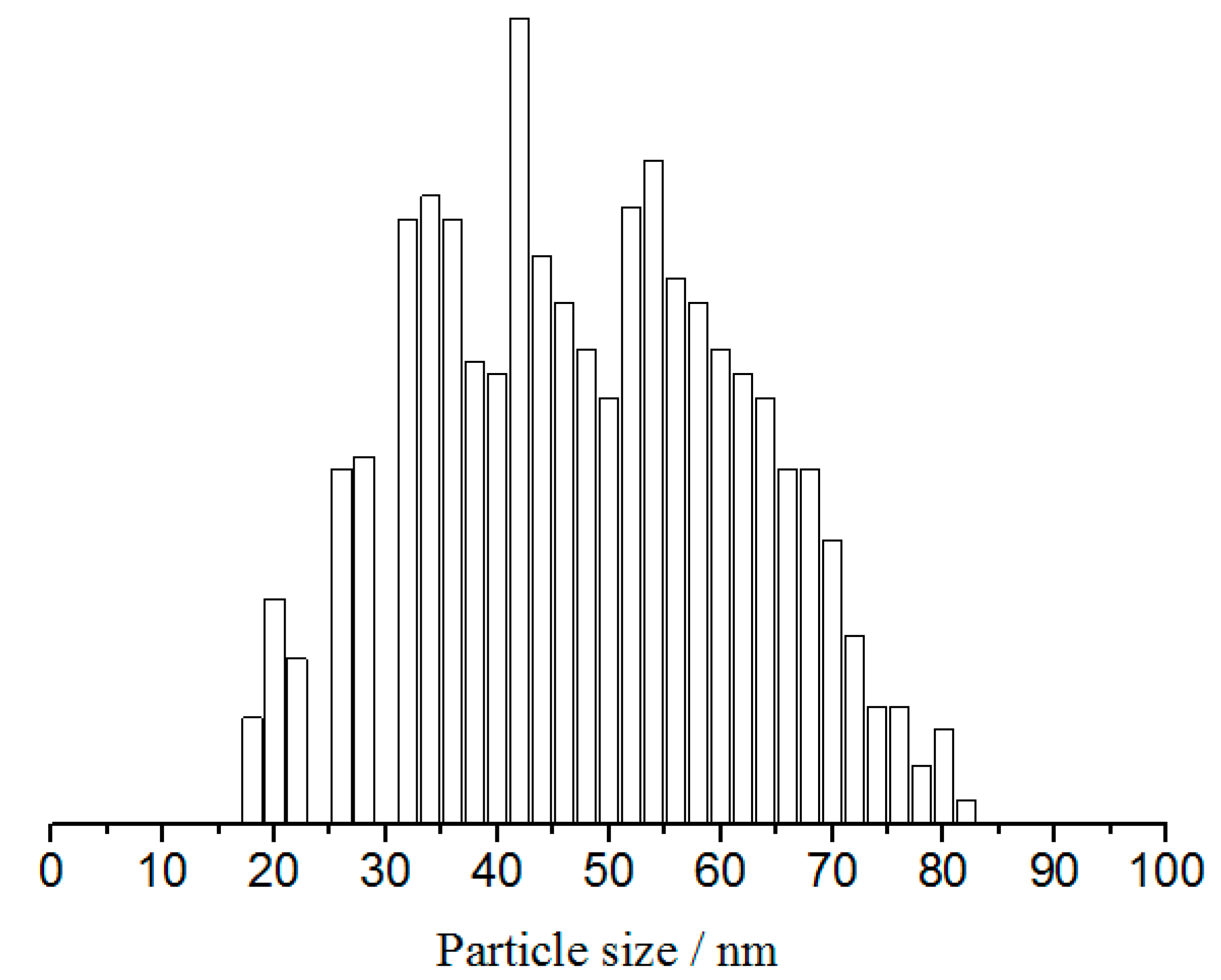
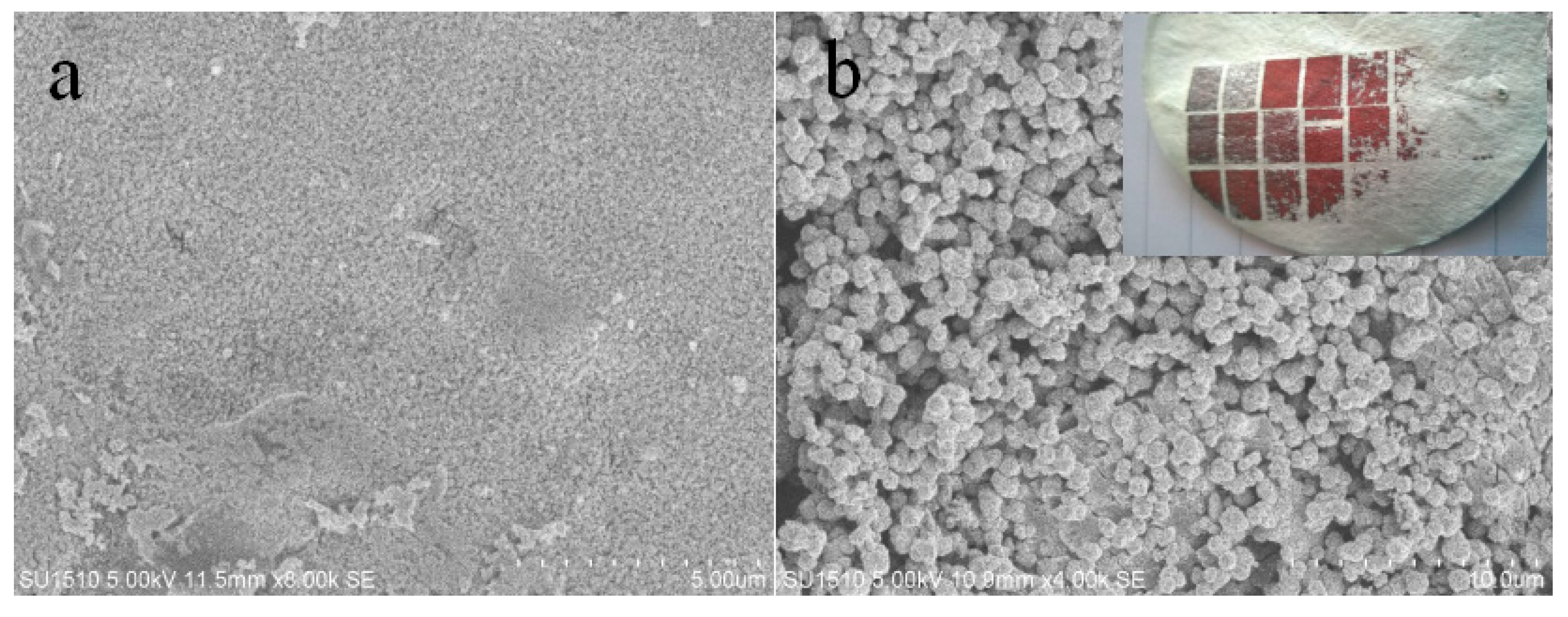
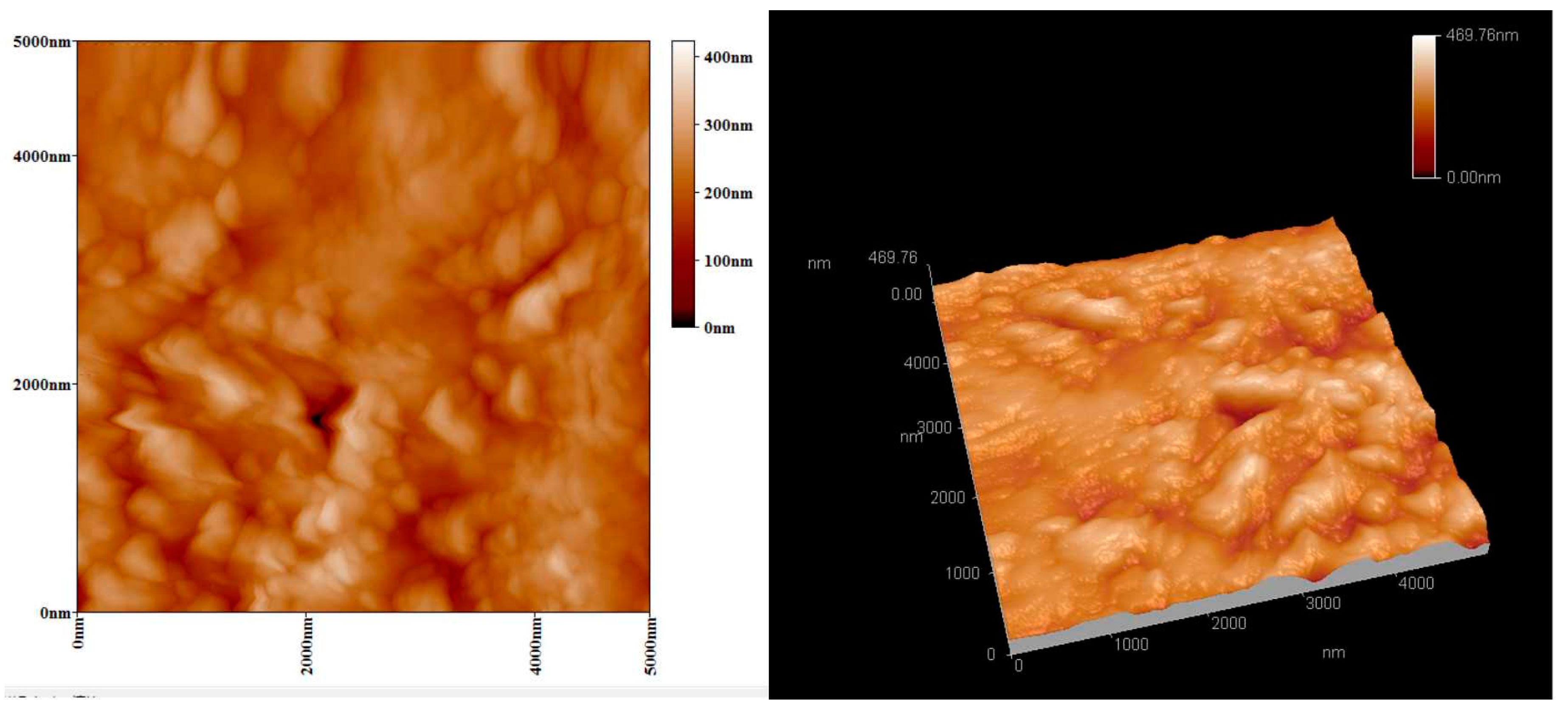
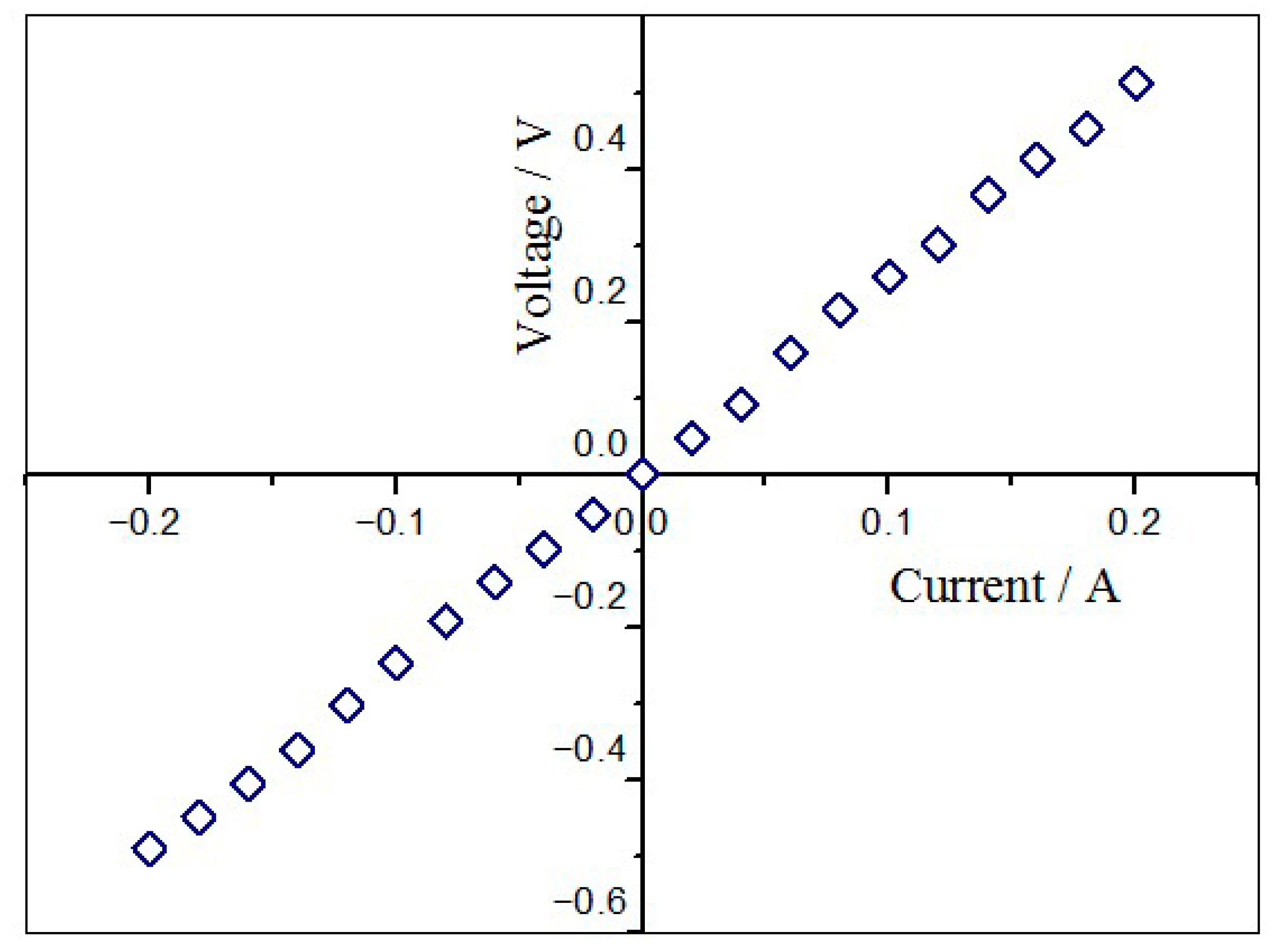
© 2018 by the authors. Licensee MDPI, Basel, Switzerland. This article is an open access article distributed under the terms and conditions of the Creative Commons Attribution (CC BY) license (http://creativecommons.org/licenses/by/4.0/).
Share and Cite
Liu, C.-C.; Cheng, J.; Li, X.-Q.; Gu, Z.-J.; Ogino, K. Laser-Induced Silver Seeding on Filter Paper for Selective Electroless Copper Plating. Materials 2018, 11, 1348. https://doi.org/10.3390/ma11081348
Liu C-C, Cheng J, Li X-Q, Gu Z-J, Ogino K. Laser-Induced Silver Seeding on Filter Paper for Selective Electroless Copper Plating. Materials. 2018; 11(8):1348. https://doi.org/10.3390/ma11081348
Chicago/Turabian StyleLiu, Chang-Chun, Jin Cheng, Xiao-Qiang Li, Zhi-Jie Gu, and Kenji Ogino. 2018. "Laser-Induced Silver Seeding on Filter Paper for Selective Electroless Copper Plating" Materials 11, no. 8: 1348. https://doi.org/10.3390/ma11081348




